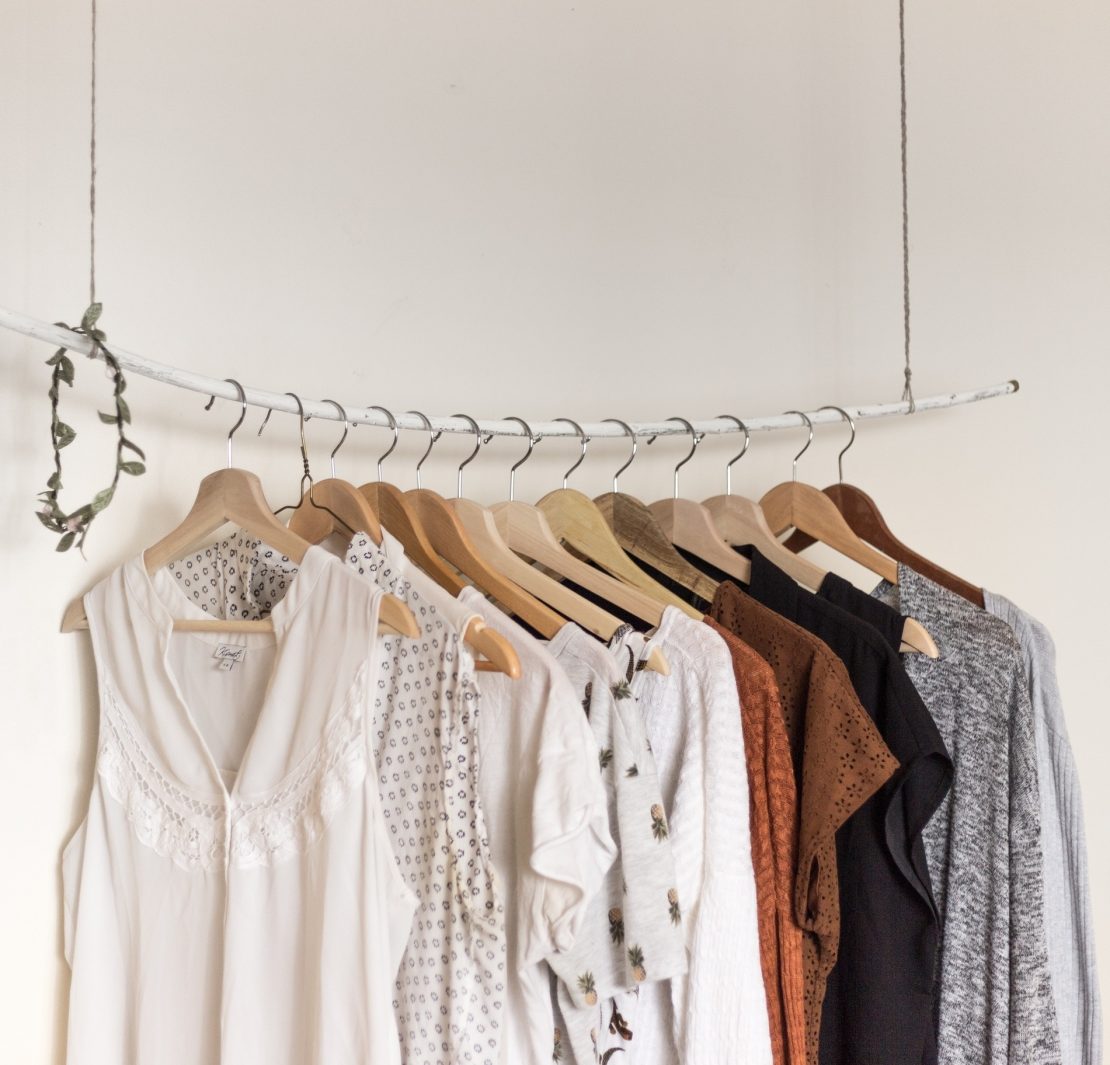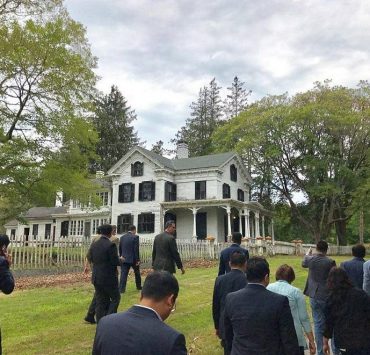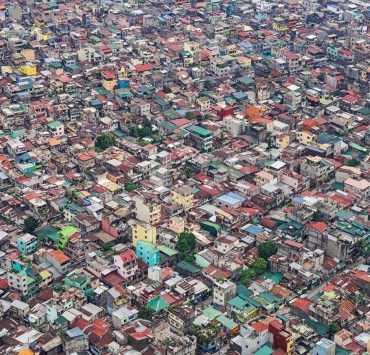Reality check: Fast fashion comes at a price that we cannot afford. It relies heavily on mass production where garments are designed, made, and released in weeks. Because retail fashion offers runway or designer-inspired pieces at low costs, consumers are compelled to buy more than what they actually need. And overconsumption carries a hidden price tag that the environment is slowly paying for.
I’ll admit, I was bitten by the fast fashion bug too when I started to earn my own money. I would spend hours inside a store trying to justify the clothes I want to buy but don’t really need, only to be consumed by guilt when I get home. It’s a vicious cycle, but I’m glad I’m out of it now (or at least I think I am).

What is slow fashion?
The term was first coined by Kate Fletcher from the Centre for Sustainable Fashion, when fashion was compared to the ‘slow food’ experience. Slow fashion basically stands for all things green, ethical, and “eco.” Author Carl Honoré, who wrote the book “In Praise of Slow,” believes that the ‘slow approach’ intercedes as a “revolutionary process in the contemporary world because it encourages taking time to ensure quality production, to give value to the product, and contemplate the connection with the environment.”
Natural resources and even human lives are in jeopardy for the sake of fabric production. Ecosystems and forests are being destroyed, resulting in such catastrophes like deforestation, droughts, and ultimately, climate change.
Let’s not forget that fast fashion sweatshops also harm the lives of thousands of workers, all of whom are underpaid and overworked most of the time.
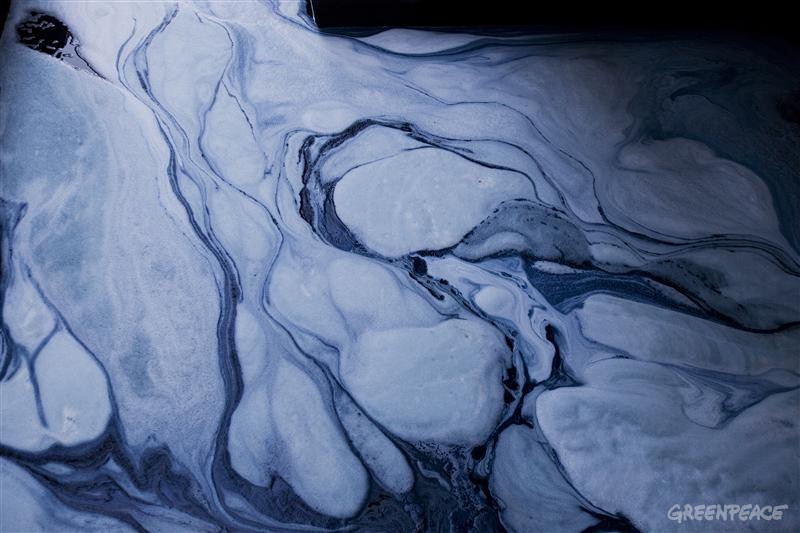
How can you make your wardrobe more sustainable?
You can start sorting your wardrobe and take out the things you haven’t used in the last six months (this is an effective trick that I swear by). Next, you can either do two things: donate or sell (online or through garage sales). This way, you’re purging your closet of unnecessary things and you still get something in return.
- Identify your goal and be sensible
Because you can’t solve overconsumption, fair wages, pollution, and animal cruelty all at once, you need to identify first the causes that are most meaningful to you. Whatever your goal is, it should always end with the question: “Can I become a smart buyer with this objective in mind?”
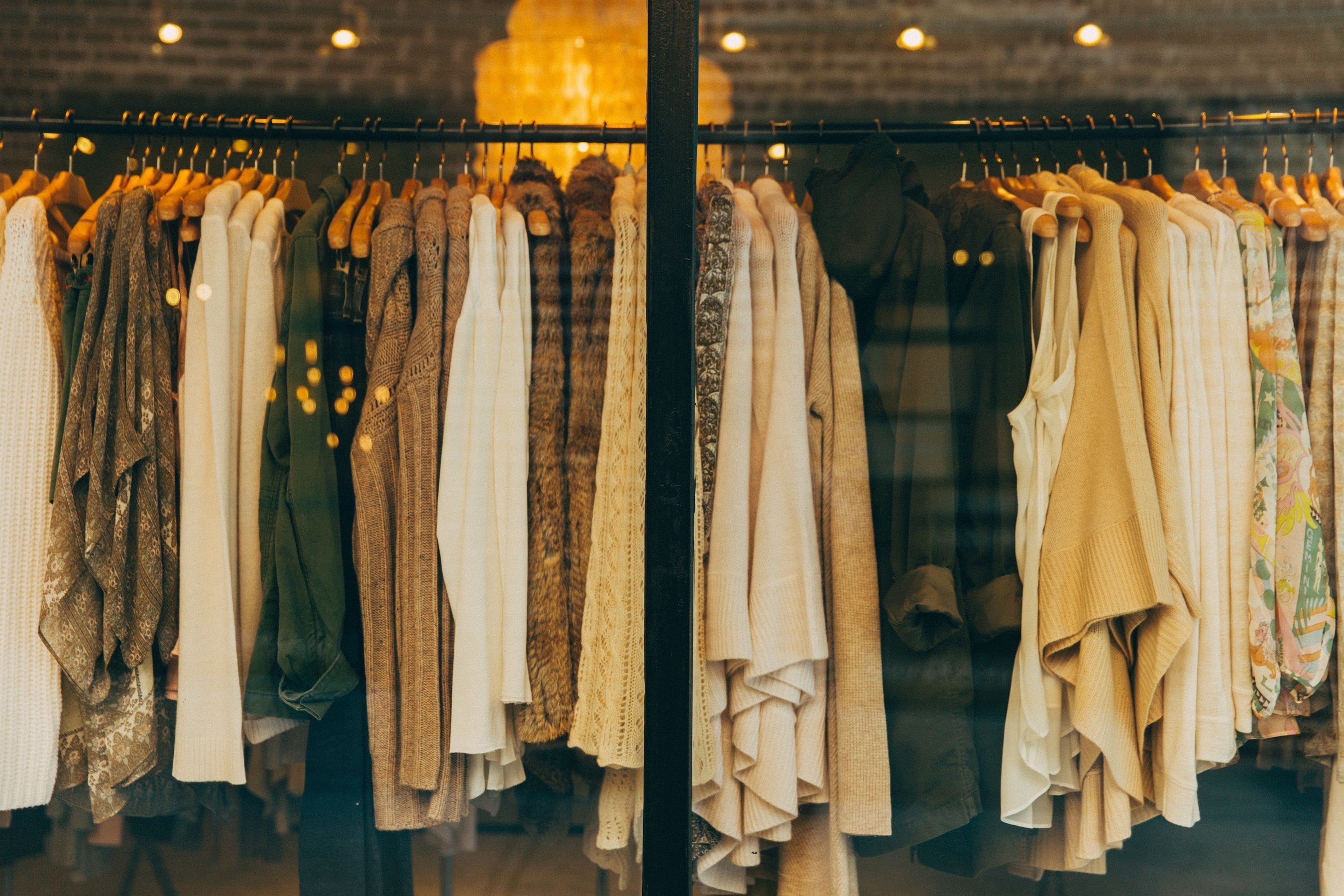
- Wear local or go thrift shopping
I had just started taking interest in supporting local fashion brands who make good quality pieces. I think it’s worth the investment because you’re also helping these small businesses grow. Thrift shopping on the other hand takes more patience. You can find vintage designer items for more than a fraction of the cost but you have to do quality checks and a bit of haggling to get the best deal.
- The four R’s of slow fashion: Repair, Reuse, Recycle, Refuse
Don’t toss your clothes so easily just because of a little wear and tear. If you lost the habit of fixing your clothes, there are articles and how-to videos online to help you out (or just ask your mom). Fashion isn’t disposable nor is it biodegradable. Even if they’re seemingly biodegradable, organic fabrics such as wool don’t break down easily in landfills because the conditions aren’t right.
Read more:
We’re all making bad fashion choices
Why you shouldn’t be ashamed of using second-hand items, VP’s daughter or not
That shirt you’re wearing is probably made by modern slaves
The circle abaca bag you’ve always wanted
Photos courtesy of Unsplash.com and Greenpeace
Writer: BEA LLAGAS


